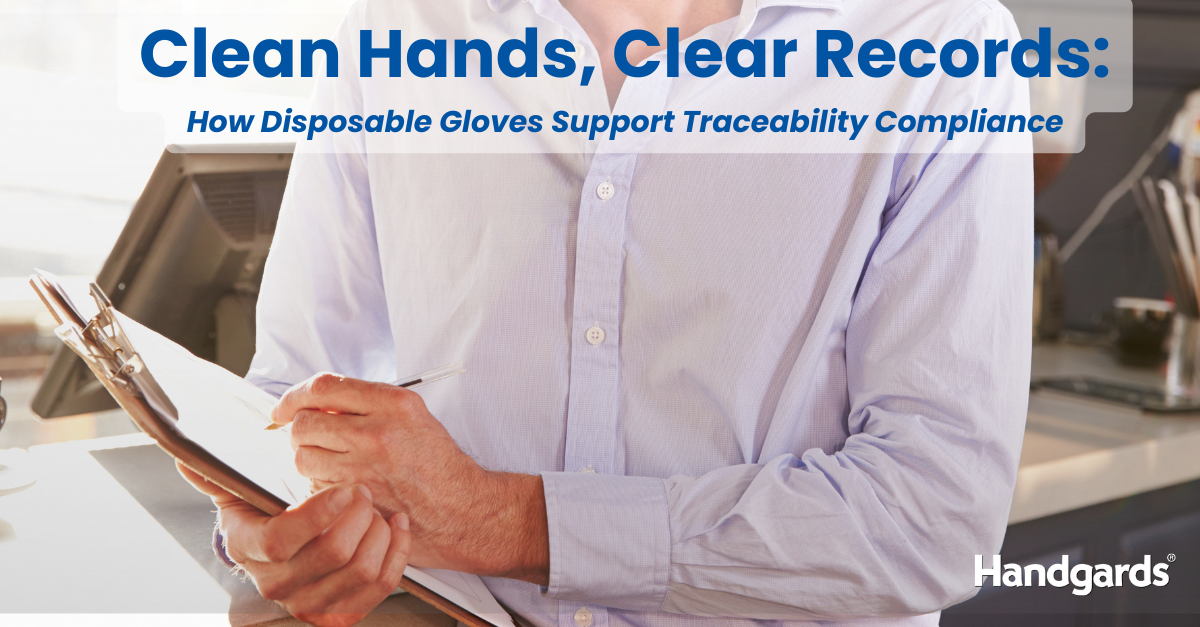Where Proper Food Handling Meets Traceability
The FDA’s Food Traceability Rule (FSMA 204) is reshaping expectations across the foodservice supply chain. Now extended to a compliance deadline of July 20, 2028 with enforcement set to begin in 2029, the rule mandates enhanced recordkeeping for certain high-risk foods on the Food Traceability List (FTL) throughout the food chain, including leafy greens, cut fruits, shell eggs, some seafoods, and soft cheeses.
While the regulation focuses on recordkeeping and tracking “Critical Tracking Events” (CTEs) like receiving, transformation, and shipping, its purpose is to prevent the spread of foodborne illnesses to keep consumers safe. Better internal food handling controls support this mission by reducing risk of contamination and strengthening traceability across every step of the supply chain.
What the Rule Requires
Under FSMA 204, facilities handling foods on the FTL must develop a Food Traceability Plan and maintain records of Key Data Elements (KDEs) for each Critical Tracking Event. Although gloves are not specifically mandated by the rule, preventing contamination is central to its purpose.
Where Gloves Support Compliance
While not mandated by FSMA 204, consistent glove use combined with frequent hand washing, timely glove changes as well as changes between tasks, helps prevent cross-contamination. If a team member receives seafood, then preps produce without changing gloves, they unintentionally compromise both food safety and traceability records. Traceability doesn’t end at the loading dock; it continues with how foods are handled in the kitchen.
How Disposable Gloves Support Traceability Compliance
When implemented properly, disposable glove use helps contribute to a stronger food safety culture that aligns with traceability efforts:
1. Reduce the Risk of Cross-Contamination
- Maintain separation between FTL and non-FTL ingredients
- Reinforce allergen protocols during prep
- Reduce risk of cross-contamination during staging or holding
2. Enable Record-Supported SOPs
- In large institutional settings, university dining, healthcare foodservice, and quick-service chains, HACCP SOPs require monitoring and corrective actions for glove use at critical control points.
- Documented glove change protocols show a proactive food safety posture
- Staff training on glove procedures supports audit readiness
3. Reinforce Accountability at the Station Level
- Helps trace potential contamination back to specific shifts or staff
- Aligns with internal traceability logs for institutions and healthcare kitchens
- Can be tied to kitchen SOPs without major tech upgrades
4. Start preparing by:
- Documenting glove-changing protocols during receiving and prep
- Using glove types suitable for each station (e.g., nitrile for receiving, poly for portioning)
- Reinforcing SOPs that include hygiene checkpoints at each CTE
The Right Glove for the Right Task
As FSMA 204’s compliance date nears, foodservice operators should consider not just tracking food, but how it’s handled at every step. Handgards offers a range of gloves tailored for specific roles, providing the right glove for the right task – whether it’s fast-paced prep (Poly and QuickServe), heavy-duty cooking (Nitrile), or final plating (Vinyl) – to help maintain safety and efficiency every step of the way.













